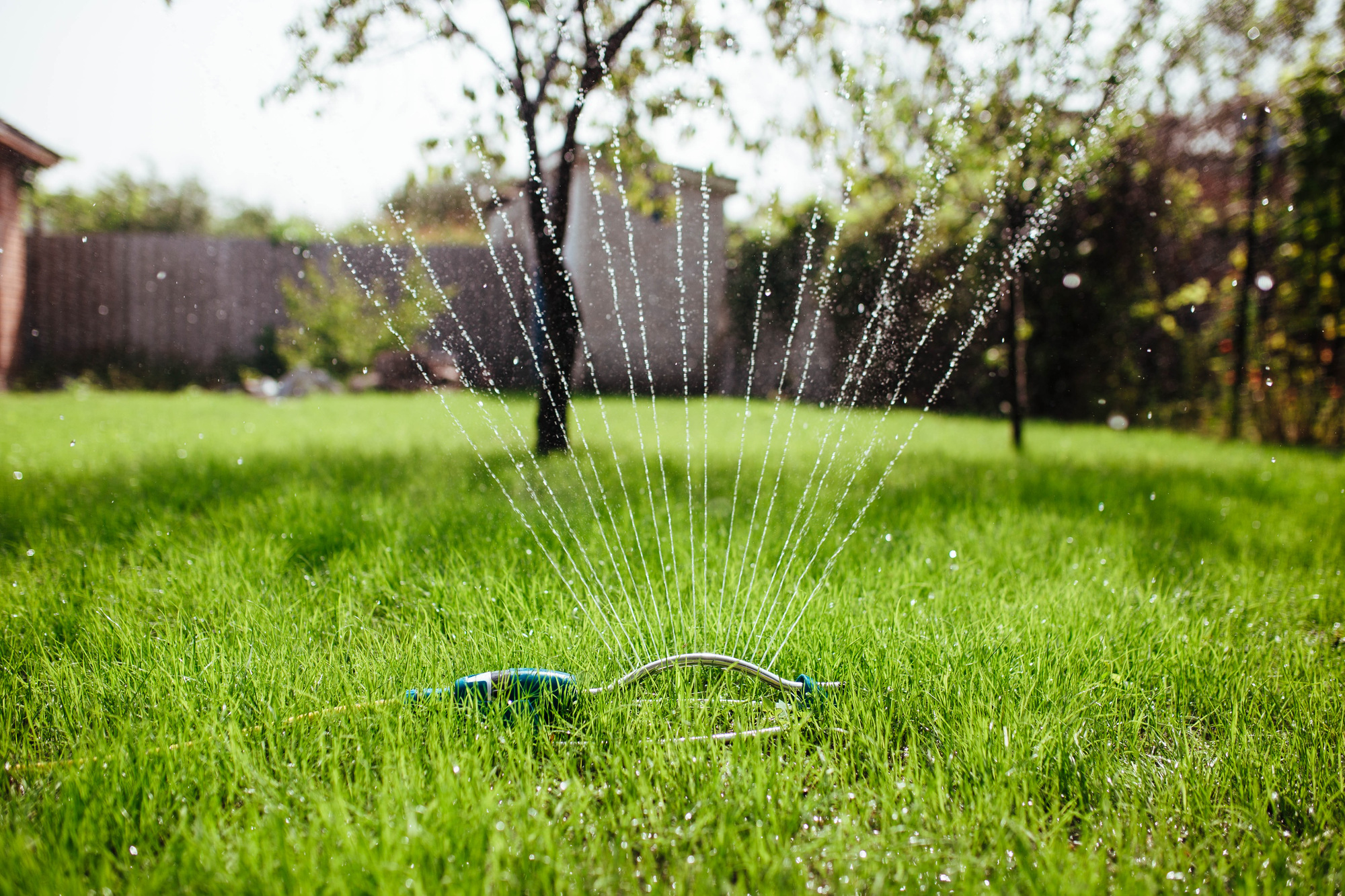Maintaining a healthy, green lawn requires consistent care, and one of the most critical aspects is proper watering. However, the right watering schedule isn’t one-size-fits-all—it varies throughout the year. Understanding how seasonal changes affect your lawn’s hydration needs can help you avoid overwatering, conserve water, and promote stronger root systems.
Spring
As temperatures begin to warm and grass comes out of dormancy, your lawn will need more water than it did during the cooler months. In most regions, watering 1–2 times per week is sufficient, depending on rainfall. It’s important to water early in the morning to allow grass to dry before evening, reducing the risk of fungal disease. Focus on deep, infrequent watering to encourage root growth rather than shallow, daily watering.
Summer
Hot, dry conditions mean your lawn will need the most attention. Aim for about 1 to 1.5 inches of water per week, including rainfall. This usually equates to watering 2–3 times per week. Keep an eye out for signs of drought stress, like wilting or discolored grass. Again, early morning watering is best, and avoid watering in the heat of the day when much of the water will evaporate before it reaches the roots.
Fall
As temperatures cool, grass growth slows down, and watering needs decrease. Most lawns only need about 1 inch of water per week during the fall. Gradually reduce your watering schedule, allowing your lawn to naturally prepare for dormancy. This is also a good time to aerate and fertilize, helping roots absorb nutrients and moisture before winter sets in.
Winter
In colder climates, watering is generally unnecessary during winter as most lawns go dormant and natural precipitation provides adequate moisture. However, in warmer regions where grass stays active year-round, occasional watering may still be necessary. Always monitor local conditions and adjust accordingly—overwatering during this time can lead to fungal issues or root rot.
By adjusting your watering practices with the seasons, you can ensure your lawn stays healthy and resilient year-round. If you’re ever unsure about your lawn’s specific needs, consult a local landscaping professional who can offer guidance tailored to your region and grass type. Proper irrigation isn’t just about keeping grass green—it’s about supporting the long-term health of your lawn.


